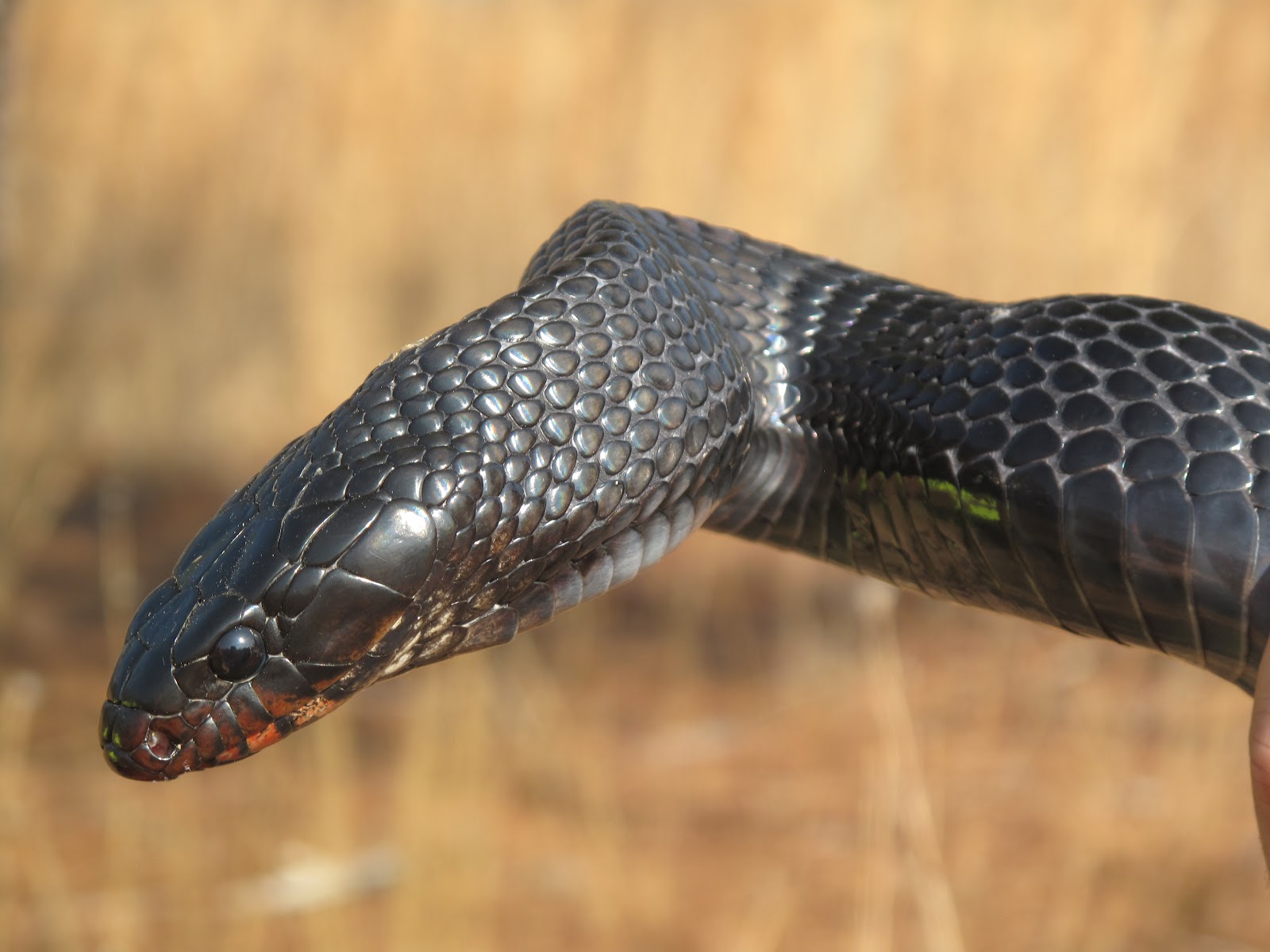

The habitat of the eastern indigo snake is threatened by a wide range of human activities. Though it is a small snake, it can tolerate cold temperatures better than many species. In summer, the snake lives in burrows of gopher tortoise, but winters are warmer. Its range is seasonal, changing from sandhill plant communities to pine flatwoods. Its range extends from South Georgia to Florida, Alabama, and Louisiana. The habitat of the eastern indigo snake consists of the southeastern U.S. When they breed, the hatchlings are about 17 to 24 inches long. In southern Florida, the breeding season is from June to January. Breeding then occurs when these temperatures increase to around 85 degrees Fahrenheit.

Ambient temperatures are lowered to around 45 to 55 degrees Fahrenheit for about two months. While many colubrid and brumate snakes breed in the winter, this time of year can be difficult for this species. To preserve the species, a conservation breeding program is underway in the Panhandle of Florida. Unfortunately, the eastern indigo snake’s natural habitat is being fragmented by logging and agricultural practices. Its muscular jaws help it overwhelm its prey. This nonvenomous snake is the largest in its range. Breeding seasonĭuring the breeding season, the eastern indigo snake will lay its eggs. Despite the diverse range of prey, it is not recommended to handle an eastern indigo snake without the proper training. However, the list does not include all of the species that the snake eats. According to published information, the snake’s diet consists of anurans, gopher toads, and various rodent species. Its prey consists of a variety of animals.

The eastern indigo snake is federally protected. The eastern indigo snake is highly venomous, and the species can reach lengths of 2.8 meters (9.2 ft) if the prey is available. Because of its habitat, eastern indigo snakes must migrate from a sandhill to a pine-hardwood forest, and they must cross streams, farmland, and residential property. The species resides in the southeastern United States, where it can be found in sandy areas, upland pine-hardwood communities, and creek bottoms. The eastern indigo snake is a native of the southeastern United States.


 0 kommentar(er)
0 kommentar(er)
